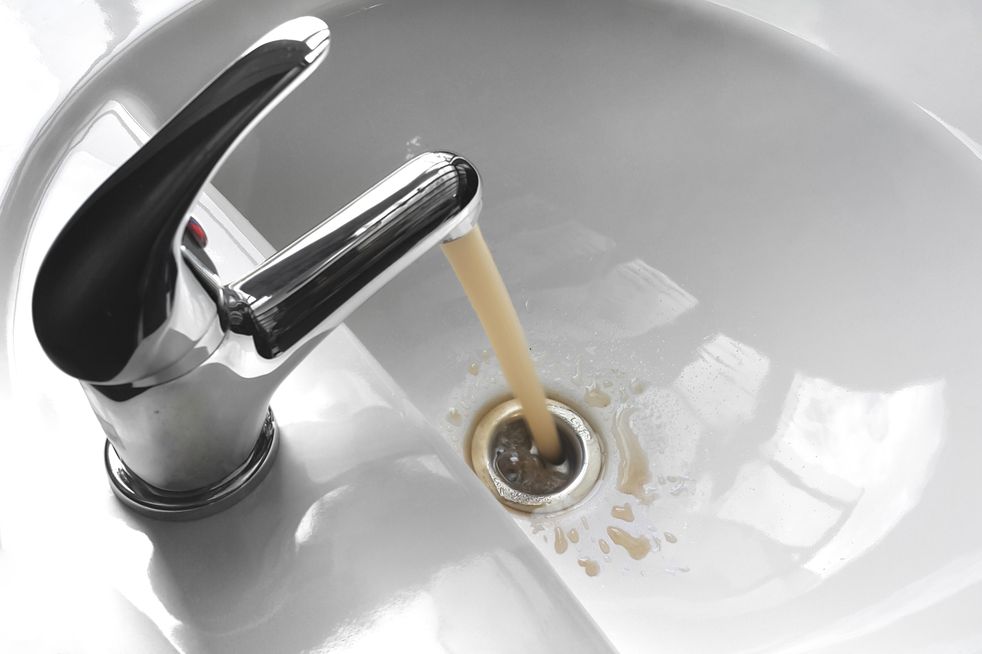Smooth Transitions: Navigating Your Move with Expert Local Movers in the DC Area

Moving can be a daunting task,filled with stress and uncertainty. Whether you’re relocating within the Washington D.C. area or making the capital your new home,finding the right movers can make all the difference. In this article,we’ll explore the unique challenges of Movers DC Area Washington D.C. and offer insights into selecting the best moving services to ensure a smooth transition.
The Distinctive Landscape of Washington D.C.
Washington D.C.,with its rich history,iconic landmarks,and bustling neighborhoods,presents a unique set of challenges for anyone planning a move. The city’s layout,characterized by wide avenues,historic districts,and varying traffic patterns,can pose logistical challenges for movers. https://moversdcarea.com/services/ Additionally,navigating the complex permit requirements for moving trucks and coordinating with building management in residential areas demands careful planning and expertise.
Local Expertise Matters
When it comes to moving in the DC area,local expertise is invaluable. Movers who are familiar with the intricacies of the city,from the traffic patterns to the specific regulations governing moves,can streamline the process and ensure a more efficient relocation.
Choosing a moving company that has a proven track record in the Washington D.C. area is essential. Look for companies that have successfully navigated the unique challenges of the capital,demonstrating an understanding of the local landscape and a commitment to customer satisfaction.
Comprehensive Services for a Seamless Move
The best movers in the DC area go beyond merely transporting your belongings. They offer comprehensive services that address the specific needs of a move in the capital. This includes assistance with packing and unpacking,secure handling of valuable or fragile items,and coordination with building management to ensure a smooth move-in process.
Additionally,many reputable moving companies in the DC area provide storage solutions for those in transition. Whether you need short-term storage between moves or a secure location for items that won’t be immediately transported to your new residence,having access to reliable storage options can be a game-changer.
Movers DC Area Washington D.C.
1140 19th St NW #815,Washington,DC 20036
13013027221
Research and Reviews
In the digital age,researching moving companies has never been easier. Take advantage of online resources to read reviews and testimonials from previous customers. Websites like Yelp,Google Reviews,and the Better Business Bureau can provide valuable insights into the reputation and reliability of a moving company.
Pay attention to reviews specifically related to moves in the Washington D.C. area. Look for feedback on how well the company handled the unique challenges of navigating the capital,including traffic considerations,parking logistics,and adherence to local regulations.
Transparent Pricing and Quotes
When selecting movers in the DC area,it’s crucial to obtain transparent pricing information upfront. Reputable moving companies will provide detailed quotes that outline all costs associated with your move,including potential additional fees for factors like stairs,long carries,or parking challenges.
Avoid companies that provide vague estimates or are unwilling to provide a written quote. Clear communication about pricing and any potential additional charges will help you avoid surprises on moving day and ensure that you can budget effectively for your relocation.
Conclusion
Moving in the Washington D.C. area requires a strategic approach and the expertise of professionals who understand the nuances of the capital city. By choosing movers with a proven track record in the DC area,comprehensive services,positive reviews,and transparent pricing,you can turn your relocation into a smoother,more manageable experience.
Investing time in researching and selecting the right moving company is a crucial step in ensuring that your move in the DC area is successful. With the right team of experts by your side,you can navigate the challenges of the capital with confidence and start your new chapter in Washington D.C. on a positive note.


